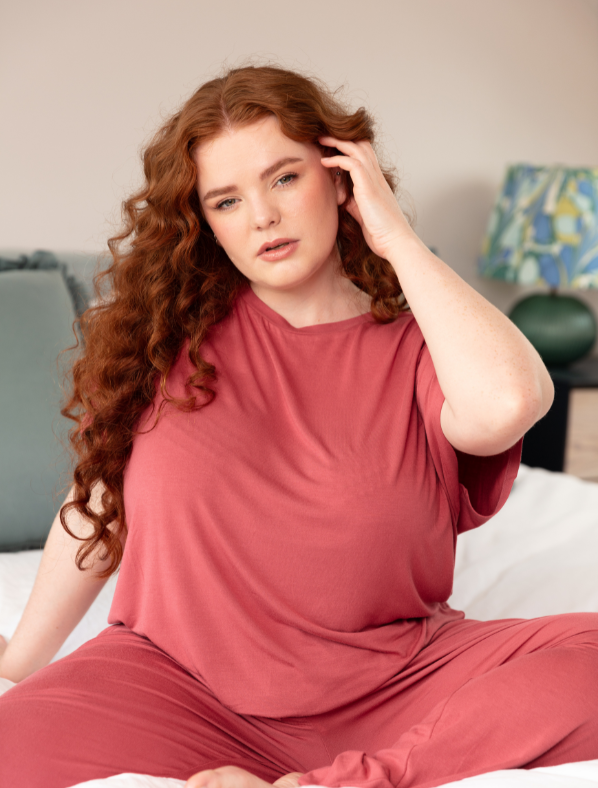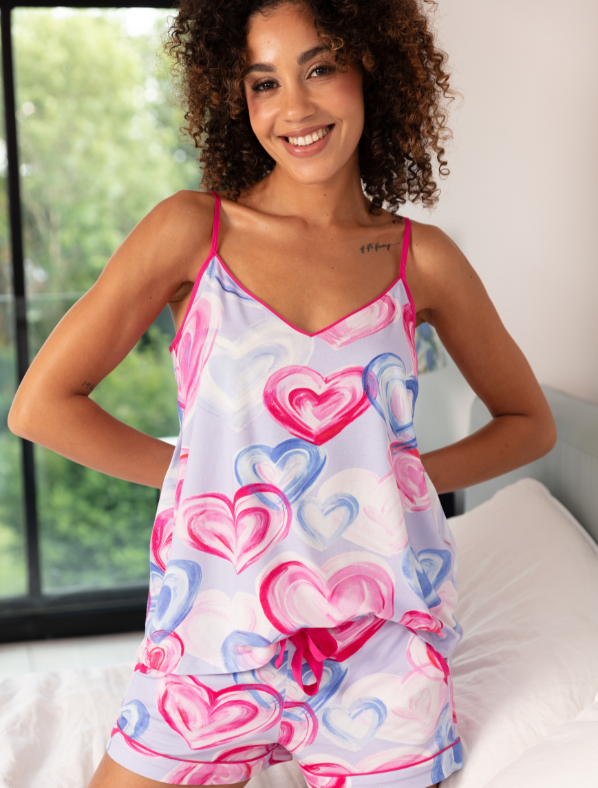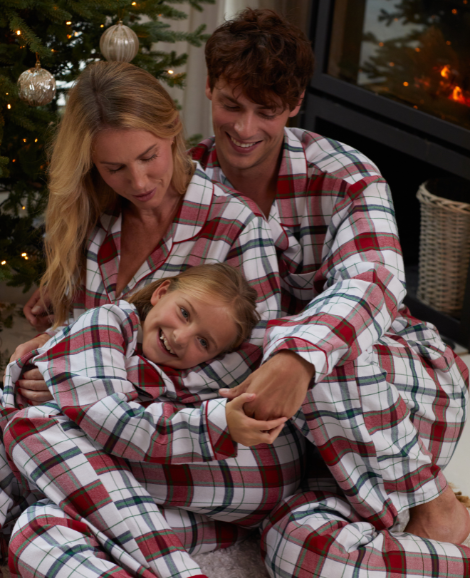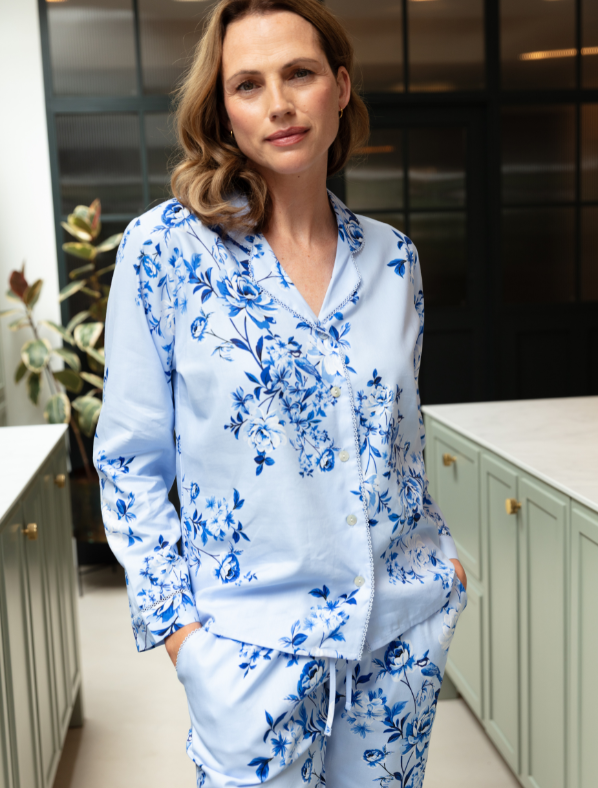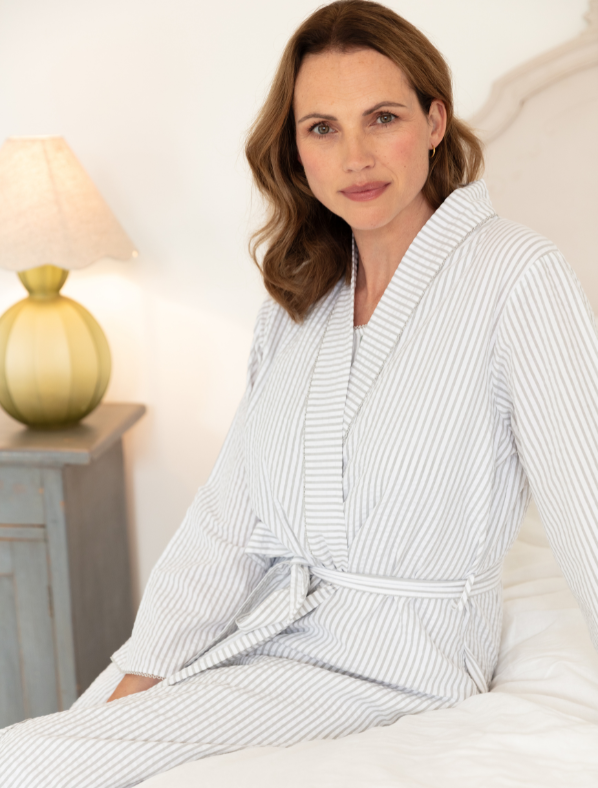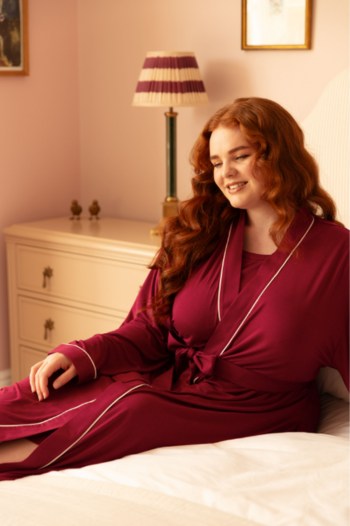
The History Of Dressing Gowns
Whether you call it a dressing gown, a bathrobe, a house coat, or even a lounging robe, in today’s age, we all tend to think of dressing gowns as being the comfy coverall we throw on when we’re getting ready for bed or just waking up in the morning. So you might be surprised to know that dressing gowns actually have a rich history that goes back centuries, in fact all the way back to the Middle Ages.
Early origins
Firstly, we need to establish that a dressing gown is closely tied to the history of the robe, which is loosely defined as a loose-fitting outer garment with sleeves and a hood. This is a garment that has been largely replaced by coats of today. A robe, whose name was derived from the French word for a woman’s dress, was usually made from a heavy material such as wool or velvet and they were popular amongst women in the Middle Ages, as they provided both warmth and modesty.
In the 17th century, the Dutch were the first nation to establish a trading relationship with Japan, and as a result the Dutch East India Trading Company brought the Japanese Kimono to Europe. The Banyan is largely believed to be the European take on the Kimono. The Banyan, meaning vest or undershirt, was a loose T-shaped garment, typically made of cotton, linen, or silk and was worn at home as an early sort of dressing gown or informal coat over the shirt and trousers.
At the same time as this, robes started to be made out of lighter materials such as silk,or cotton; these new robes, coined as bathrobes, were extremely popular, amongst the aristocracy as the material provided absorbency and comfort for the wearer after bathing. These earliest bathrobes were often floor length and featured large hoods to help keep the wearer warm.
The evolution to the dressing gown of today
Over time, these bathrobes shortened and the style became more tailored and fitted, losing the hood too. Upon the introduction of the terry cloth material, bathrobes were almost instantly made more comfortable and the trend of simply wearing them at home or when going to the spa or hotel began.
This is where the term dressing gown comes from, as the garment was initially used by distinguished men and women to get ready for parties. In fact, by the mid-19th century, dressing gowns were being used relatively equally by both men and women. For men, the dressing gown often provided a dash of colour to their plain wardrobes, whereas for women, wearing one was a break from tight corsets and layers of petticoats. Dressing gowns were made from various fabrics such as printed cotton, silk damask, or velvet and were designed to be fashionable as well as comfortable, to the point where women would wear their dressing gowns whilst eating breakfast, preparing for the day, sewing, or having tea with their family.
Throughout the 20th century, the dressing gown started to see a decline in usage, as wearing one, at least in public, started to be associated with one being lazy or lethargic, and that trend has largely carried into the modern day too.
Dressing gowns today
Whilst dressing gowns in the 21st century have fallen from being a staple of every man or woman’s wardrobe, they remain something to be worn around the house, being worn for warmth and comfort. Dressing gowns now come in a large range of materials and styles, and can be made from a range of different materials. This means that there is a dressing gown to suit everyone.
So, check out our selection of men’s or women’s dressing gowns today!


